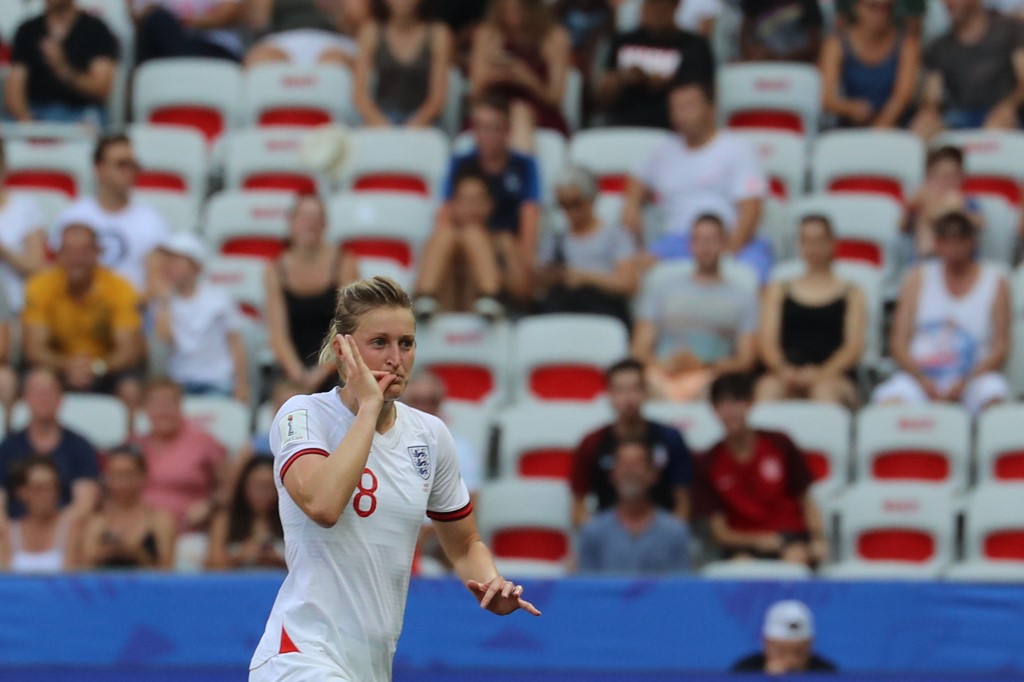
The growing popularity of women’s football has reached a commercial tipping point. With so much focus on this year’s FIFA Women’s World Cup, we have witnessed viewership records being broken in countries around the world throughout the tournament.
This follows on from new game-changing sponsorship deals that were announced before the competition started that will only help progress the women’s game. The challenge now, however, is how women’s football capitalises on such a successful World Cup from a profile and exposure perspective.
DOMINANT VIEWING FIGURES
It goes without saying that in the UK the BBC’s free-to-air coverage of the competition played a huge part in the positive viewership figures. And, although England suffered a defeat to the US in what was an action-packed semi-final, it was recorded that a peak of more than 11 million people tuned in to watch the match. This trumped the final significantly as expected once England was eliminated. The final between the US and the Netherlands was viewed by a peak of 4.7 million. As it stands, the semi-final remains the most viewed sporting programme in the UK of 2019, with an estimated reach of 18.2 million as it superseded other programmes and sporting events such as six nations rugby, confirming the growing interest in women’s sports.
THE POWER OF SOCIAL
Amongst the 167k social media posts during the match, the one post which stood out, in particular, was Alex Morgan striking a tea-drinking pose after she scored against England. The goal celebration generated over 1 million likes on Instagram and was the most engaging post of the entire game.

Lynsey Douglas, Women’s Sports Global Lead at Nielsen Sports says:
“One aspect that will drive growth of the women’s game, is more visible characters for fans to follow, engage and connect with. That can be for outstanding performances or also for controversy, as we have seen with some of the memorable moments from this tournament.”
“Megan Rapino and Alex Morgan are probably now household names in the UK, not only for their outstanding performances on the pitch, but also for standing up for what they believe in off the field. What better role models for young girls and boys to have than these players, or the likes of Lucy Bronze and Steph Houghton who are strong, determined and yet down to earth athletes, who want to inspire the next generation.”
She continues,
“What is important for the sports industry now is to harness this huge exposure from the World Cup to increase the commercial value of the sport. “
“The potential fans out there need to know where they can watch their favourite players, when their team is playing, where to buy the shirt and access exciting content on social media. But there is also a wider social impact at play from this world cup that governing bodies and brands can harness, as it has stood for accessibility to sport for all, equal opportunities to make a living from the sport at the elite level, and players using their platform to stand up for their values and beliefs.”
For further insights into the rise of women’s Sport, please don’t hesitate to contact us and in addition you can download our free Women’s Football report.
Download your free copy of “Women’s Football 2019”Lynsey Douglas
Women’s Sport Global Lead & Head of Brands, Nielsen Sports
Lynsey.Douglas@nielsen.com
